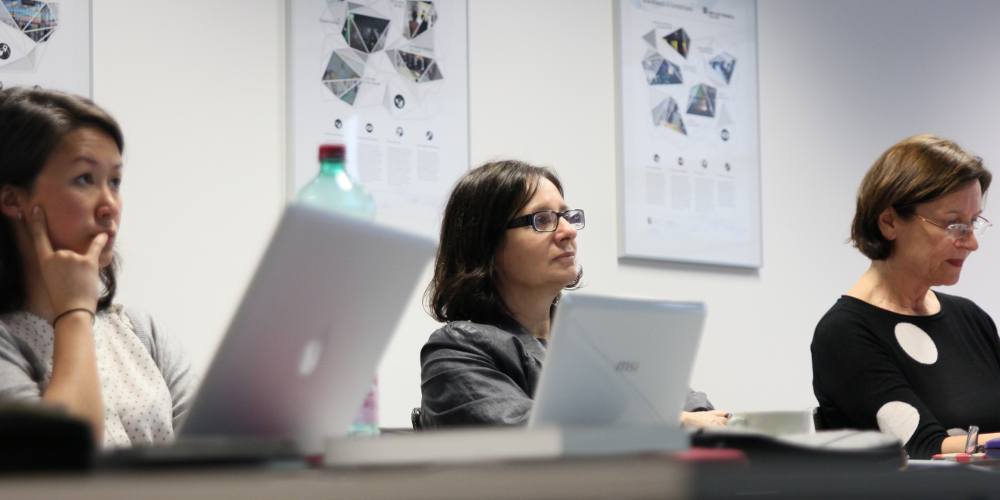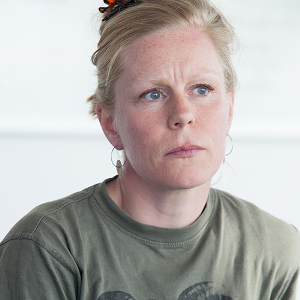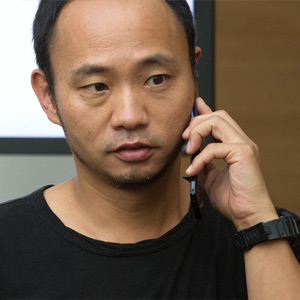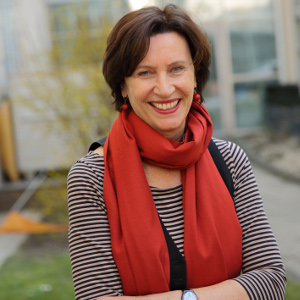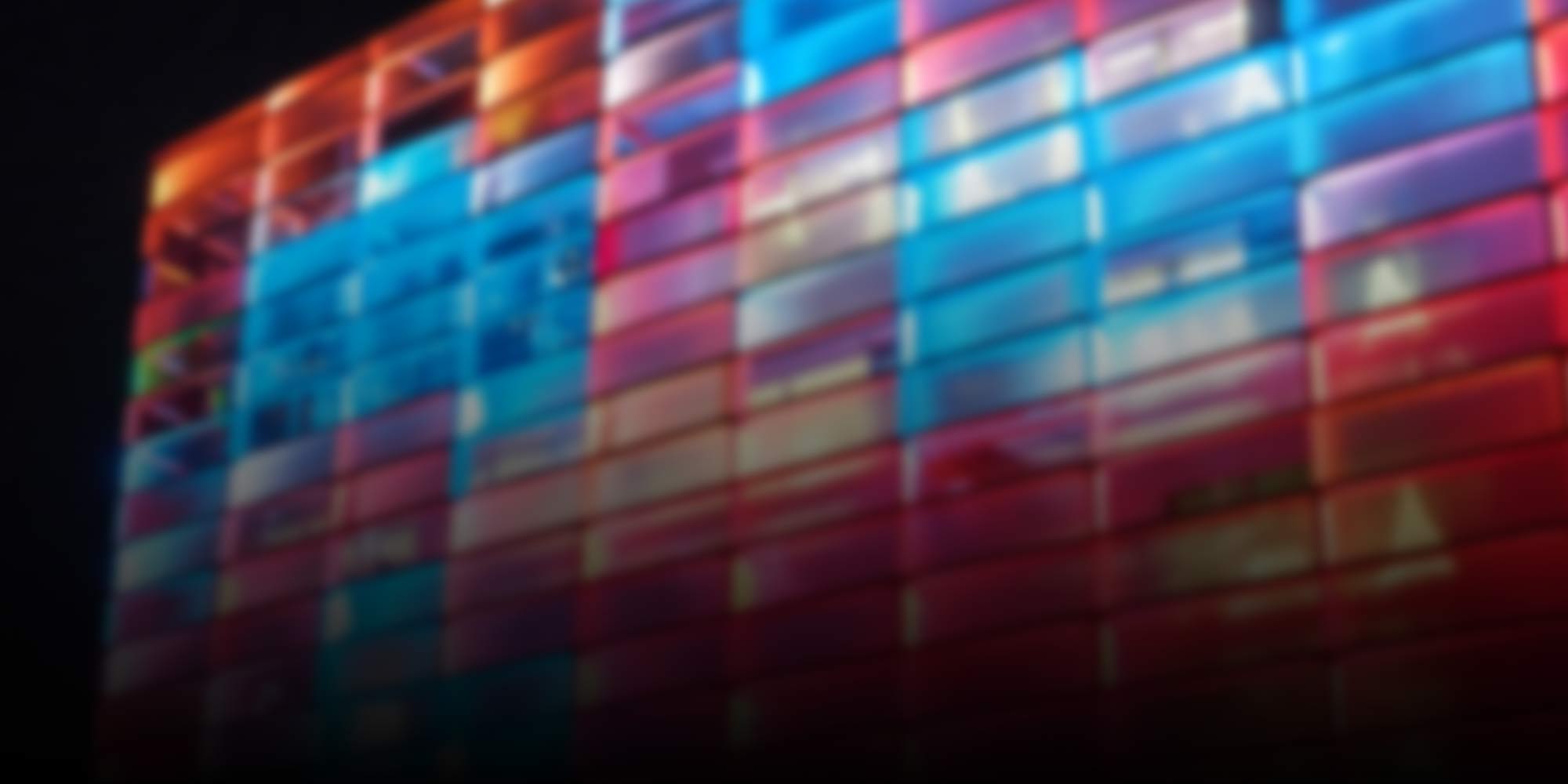
Story
-
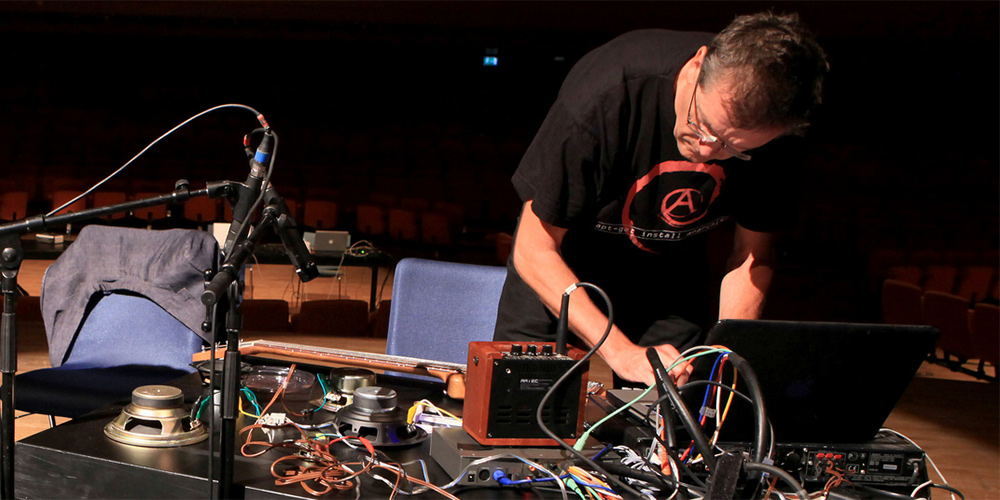
“Cities or depressing surroundings inspire me”
Seppo Gründler, 2015 Prix Ars Electronica juror, discusses the criteria that entries in the Digital Musics & Sound Art category have to fulfill, and tells where he finds motivation for his compositions.
-
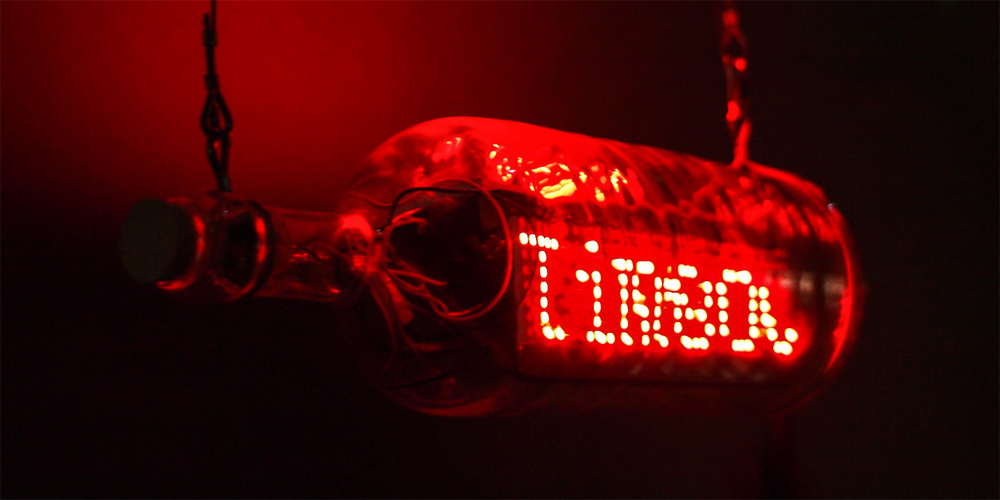
Digital Message in a Bottle
Julian Reil sends out messages sealed inside a watertight glass bottle. Thanks to SMS and an LED module, the contents of the communiqués can be composed post-launch and displayed. “Bottleneck” is featured in the TIME OUT .03 exhibition in the Ars Electronica Center.
-
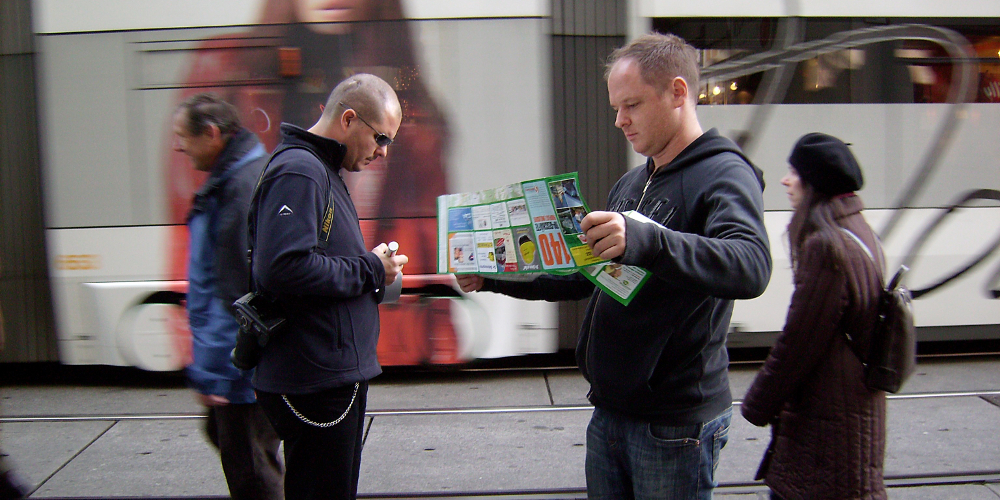
Street Names Suited to the 21st Century
We talked to Marcus Neustetter to find out why the naming of streets and squares is significant for the whole identity of a city and how he, a native of Johannesburg, draws parallels between the process of renaming streets in his homeland and what goes on in other cities.
-
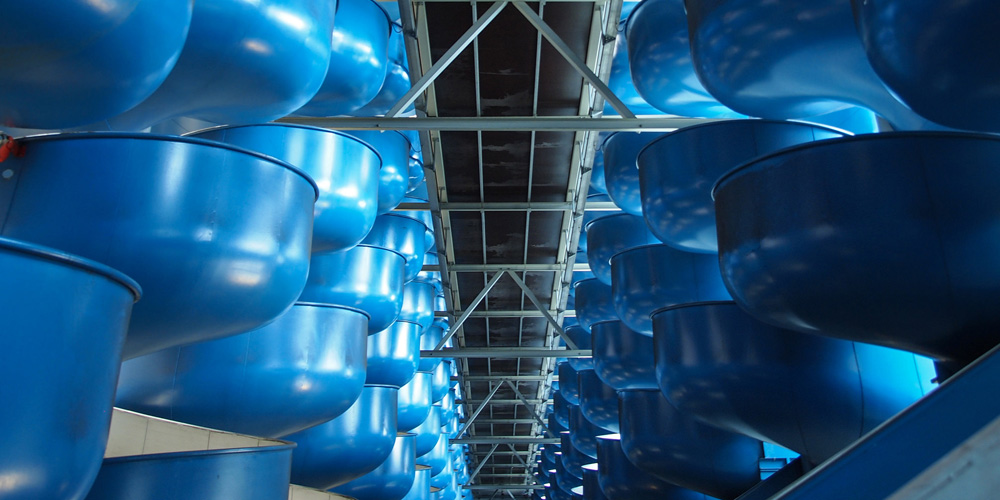
PostCity: An 80,000-m2 Urban Laboratory
The mail doesn’t ride the rails anymore. Take a look at PostCity, the prime location of Ars Electronica 2015 in Linz. By then end of May, it will already be the venue of the Festival’s lineup of preliminary events.
-
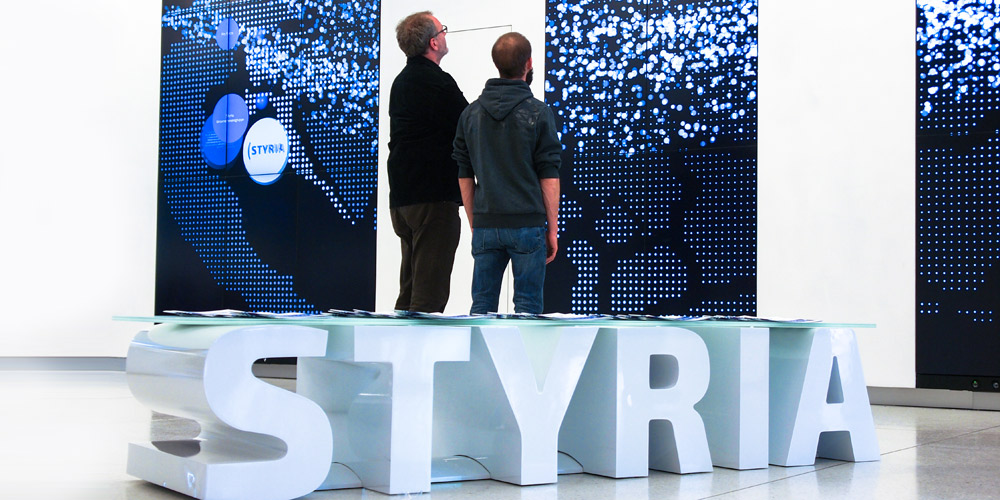
Styriaversum – An Interactive Lobby
The lobby of a company’s head office is its business card. Ars Electronica Solutions designed the Styriaversum to extend an impressive welcome to those entering the lobby of Styria Media Group AG’s stylish new headquarters.
-
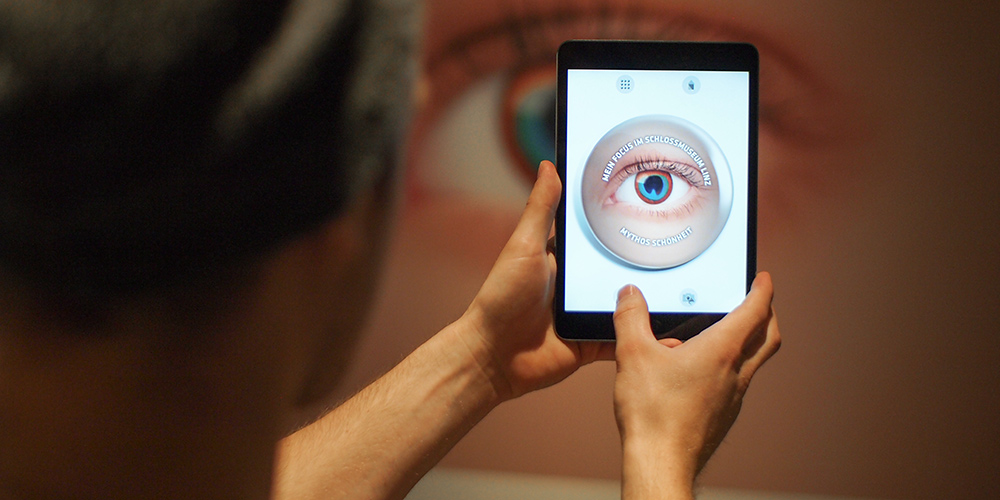
The Beauty Myth in Focus
What is beauty, actually? With this question in mind, visitors of the Schlossmuseum Linz enter the current exhibition “The Beauty Myth” – equipped with the smartphone and the FOCUS app of the Ars Electronica Futurelab.
-
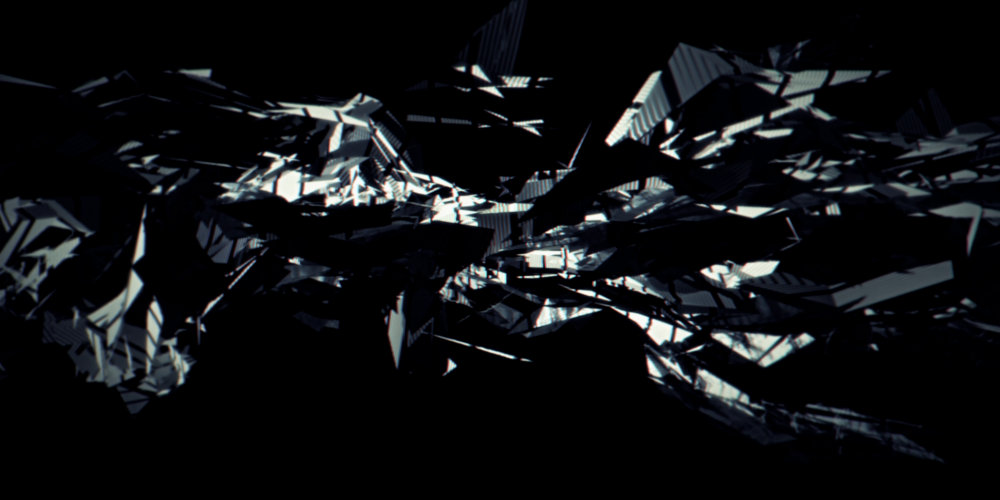
Expanded Animation – Tracking Developments on the Fringe
Media art in moving pictures will be a mainstay of the 2015 Ars Electronica Festival. For the first time, the Symposium “Expanded Animation”, the Prix Forum and the screenings of computer-animated works will be held at a single location.
-
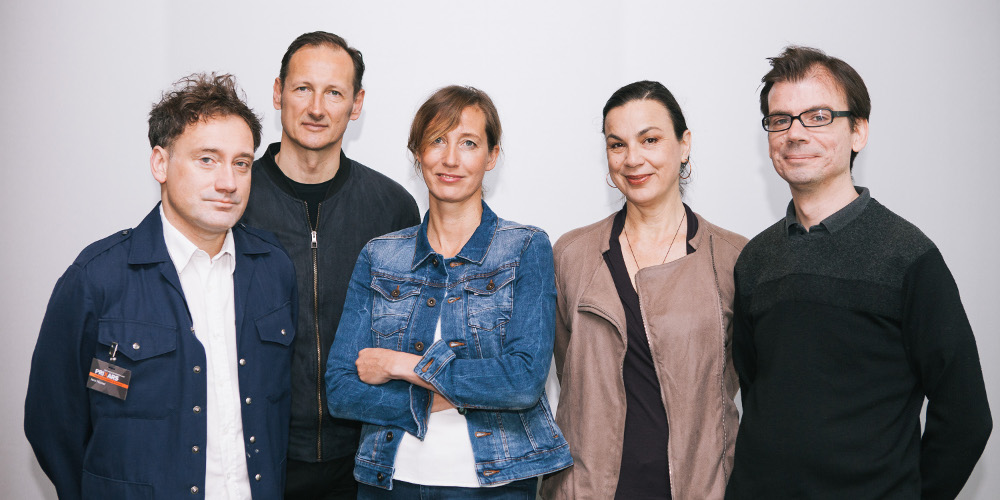
Hybrid Art: Projects in Interstices
Hybrid Art jurymember, Susanne Jaschko, talks about “prozessagenten”, current trends in transdisciplinary art, and her initial impressions of this year’s Ars Electronica Festival location.
-
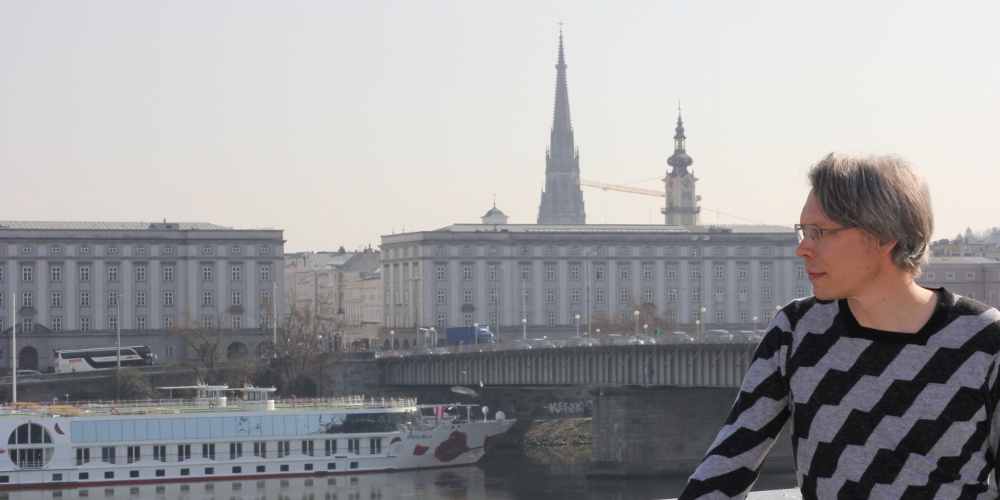
Cities of the Future
POST CITY. Habitats for the 21st Century is the theme of Ars Electronica 2015. A thinker who has already been focusing intensively on our urban future is Dietmar Offenhuber. We had a chance to chat with him about cities of the future.
-

Dada Performance and Interactive City Data at Sound:Frame 2015
The Ars Electronica Futurelab starred in the opening night extravaganza of this year’s sound:frame festival at Vienna’s MAK–Museum of Applied Arts, delivering interactive highlights that rocked the venue’s stage, speakers and projection walls.
-
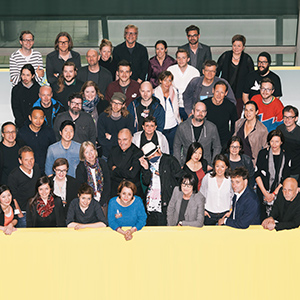
Prix Ars Electronica 2015: The Juries’ Verdicts Are In!
The 25 international experts have concluded their deliberations and named the recipients of the five Golden Nicas and other honors. Here’s a look back at the 2015 Prix jury meetings, one of the most exciting weekends in the Ars Electronica year.
-
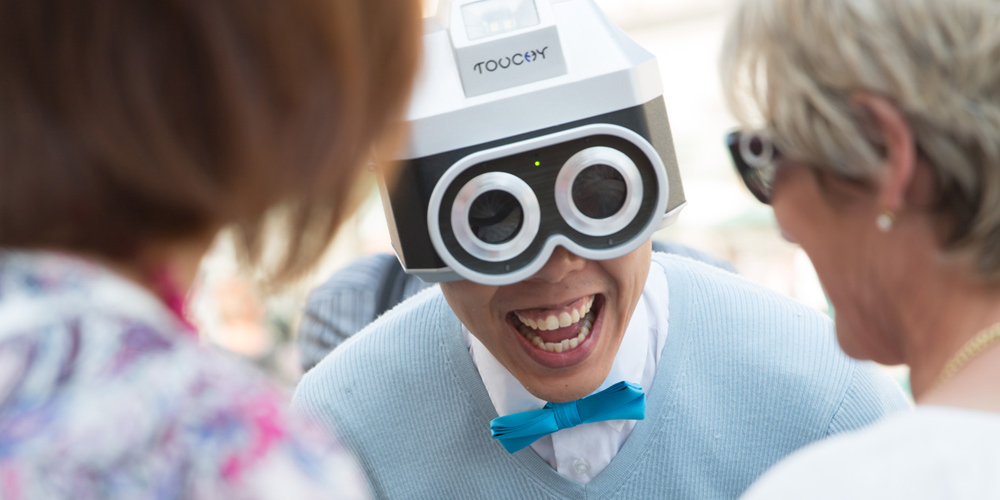
Mr. Touchy: I love to be touched
Mr. Touchy is waiting for someone to make physical contact with him. Then and only then do his camera eyes open, and a conversation can commence. Artist Eric Siu’s camera helmet is currently on display in the “Device Art” exhibition.
-
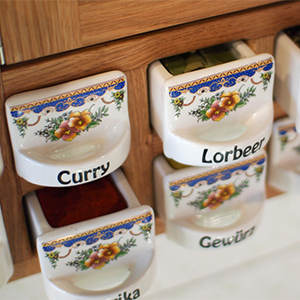
About Thinking in Terms of Preset Categories
“Draw:er” scrutinizes the images that come to mind when people think about Austria. This audio installation by young media artist Verena Mayrhofer is part of the TIME OUT .03 exhibition at the Ars Electronica Center.
-
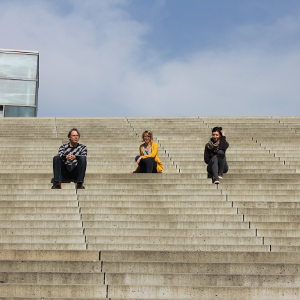
Enabling Us to See What’s Invisible
In conjunction with residencies staged at the Ars Electronica Futurelab, Anita Brunnauer, Dietmar Offenhuber and Ursula Feuersinger are producing art projects that will premiere on the interactive LED façade of the Ars Electronica Center.
-
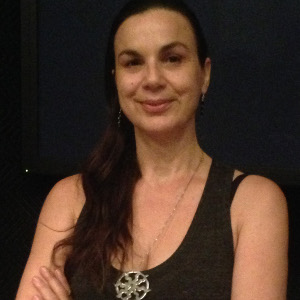
What is Hybrid Art?
Victoria Vesna is one of the four jurors who will select the prizewinners in the 2015 Prix Ars Electronica’s Hybrid Art category.
-
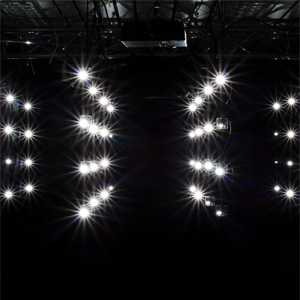
Disoriented Amidst a Flurry of Flashing Lights
How do flashes of light affect our perception? Media artist Dawid Liftinger’s FLASHLIGHTINSTALLATION #1 in the Ars Electronica Center explores the artistic potential of electronic flash units used in photography.
-
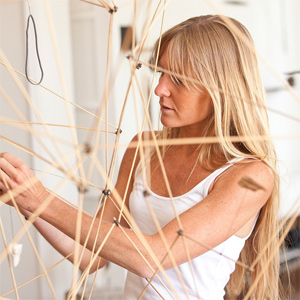
María Ignacia Edwards combines Art and Mathematics
The recipient of the Residency staged under the auspices of the Art & Science Network has been announced. Maria Ignacia Edwards was selected from among the 140+ applicants from 40 countries who responded to the open call.
-
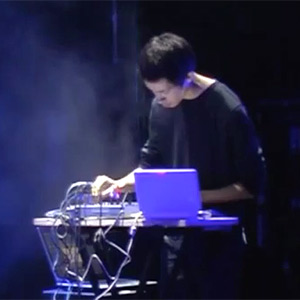
There’s no “Vodka” Sound Art
Which tools Sergei Kasich utilizes, how the Russian sound artist works, and some of the experiences he’s had in conjunction with many art projects carried out in Russia—these are a few of the talking points covered in this interview with the 2015 Prix Ars Electronica juror.
-
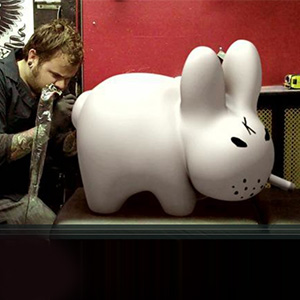
Animated Films with Character
Animated films are his passion! Rob O’Neill, a 2015 Prix Ars Electronica juror and character technical director supervisor at DreamWorks Animation, talks about current trends in character design and what filmmakers have to do to build up a portfolio that really makes people sit up and take notice.
-
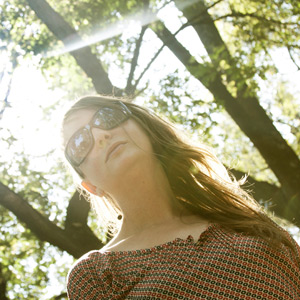
Let things flow!
Valeria Rueda, one of the A-list artists in the new digital music scene, is a member of the jury in the 2015 Prix Ars Electronica’s Digital Musics & Sound Art category. Why does music play such a big part in her life?
-
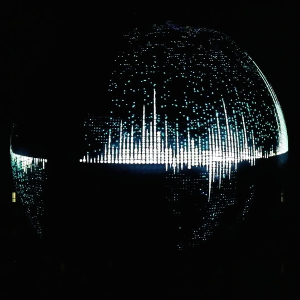
Sorting Out Cities
At Miraikana a focal-point theme for several years now has been the visualization of global interrelationships. Since late November Geo-Cosmos has displayed “Sorting Out Cities” – an animated film by Dietmar Offenhuber and the Ars Electronica Futurelab.
-
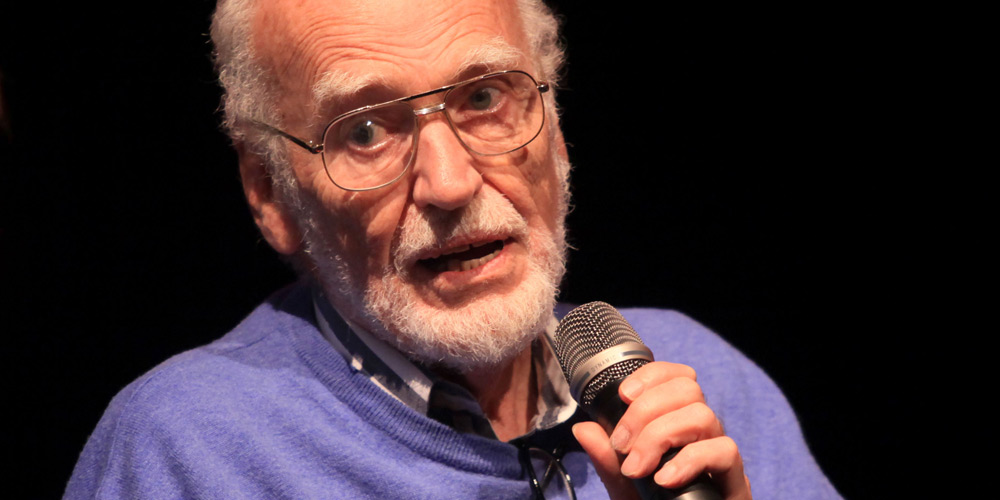
Robert Adrian X Turns 80 – “In any case, it’s all about the telephone”
Artist Robert Adrian X already began dealing with the phenomenon of computer users linking up in networks over 30 years ago in “The World in 24 Hours.”
-
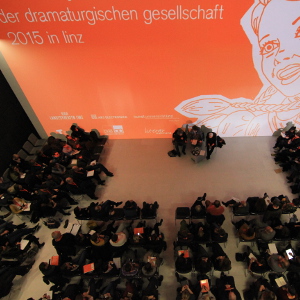
The Dramaturgische Gesellschaft 2015 @ Ars Electronica
The 2015 Dramaturgische Gesellschaft conference was held in Linz. As part of a cooperation with the Dramaturgische Gesellschaft event organisers and the Landestheater Linz, the Ars Electronica provided a special program for the event.
